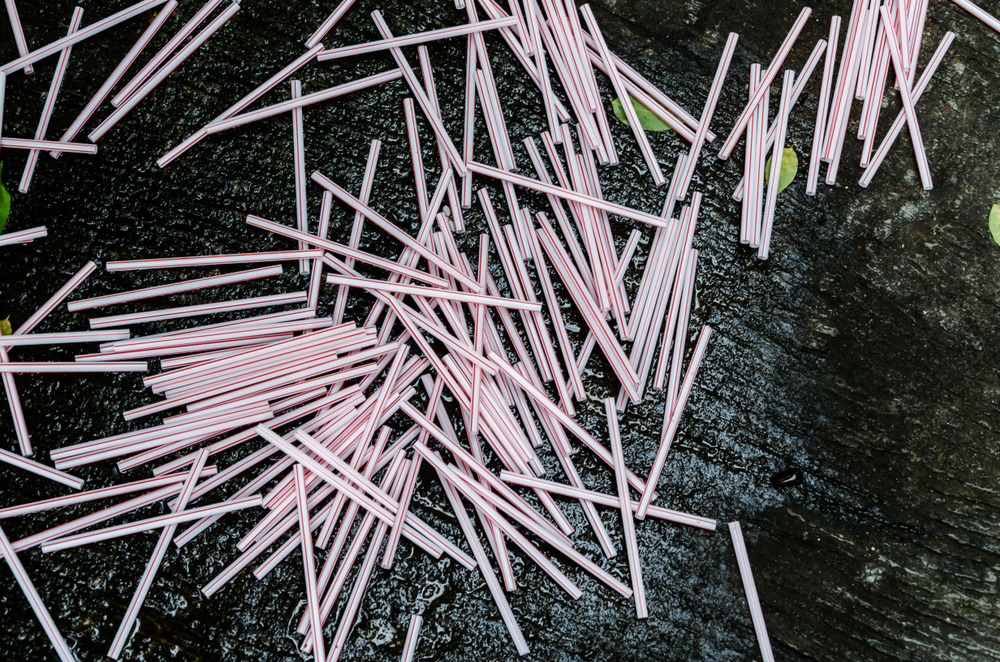Most alternatives to single-use plastics are worse for the environment
By Christopher Thompson
While banning single-use plastics may seem like a “strong environmental move,” contrary to popular belief, the alternatives are seemingly worse.
One of the alternatives is biodegradable plastic. It delivers convenience and returns the waste to the earth after use, but the concept isn’t as utopian as it seems.
Biodegradable plastics put the entire compost system at risk. Incomplete degradation can result in residuals that contaminate the compost, making it useless for its fertilizing value. And even if the degradation is complete, these bags break down to just carbon dioxide (released to the air) and water. Unlike compost of natural vegetable wastes, there is no nutrition there to return to the soil.
More biodegradable plastic is required to serve the same purpose as conventional plastics, because these new polymers lack the same strength. For example, if a supplier wants to ensure the groceries don’t break their bag, they need to produce bags with thicker walls.
Effectively, biodegradable plastics are seemingly more harmful.
Another alternative is plastics with additives that promote breakdown, alternatively called oxo-degradable plastic or oxo-biodegradable plastic. These plastics contain additives that are activated by environmental conditions (oxygen, moisture, or heat) and react to break up the long polymer molecule chains.
But the additives that break down plastics at their end of life are precisely those that should not be returned to the recycling stream.
The classic supermarket bag, the High Density Polyethane (HDPE) bag, are actually better than the Low Density Polyethane (LDPE) bags that are now being made available.
“Green bags” made from polypropylene (PP) are a better option as they use fewer materials, but produce more waste compared to HDPE bags.
Paper bags are even worse, as the amount of energy and materials required to produce them disqualify it as a candidate.
Environmentalists believe a good policy platform should be to purchase limited amounts of PP bags, and reuse them extensively. News.com.au says, “If a reusable PP green bag is only used 52 times (weekly for a year) instead of the assumed 104 times (weekly for two years) then its impact on global warming is higher than the impact of each of the single-use bags except the paper bag.”
However, reusing a HDPE plastic bag could actually be a better choice. If you use a HDPE plastic bag just three times, according to News.com.au, you might have to use your PP bag hundreds of times for it to be truly green in comparison.
While the ban was useful in changing behaviour, it is a “short term solution” that likely wouldn’t reduce plastic waste. Rather, the ban will occur because plastic bag litter is just more noticeable.
This view was corroborated by UNSW’s Prof Sami Kara, who claims only using less stuff will do the trick. Banning single-use plastic, therefore, won’t put a stop to plastic pollution.
Ultimately, the alternatives for single-use plastics aren’t all that great, and we’re better off just reusing HDPE plastics more frequently.

